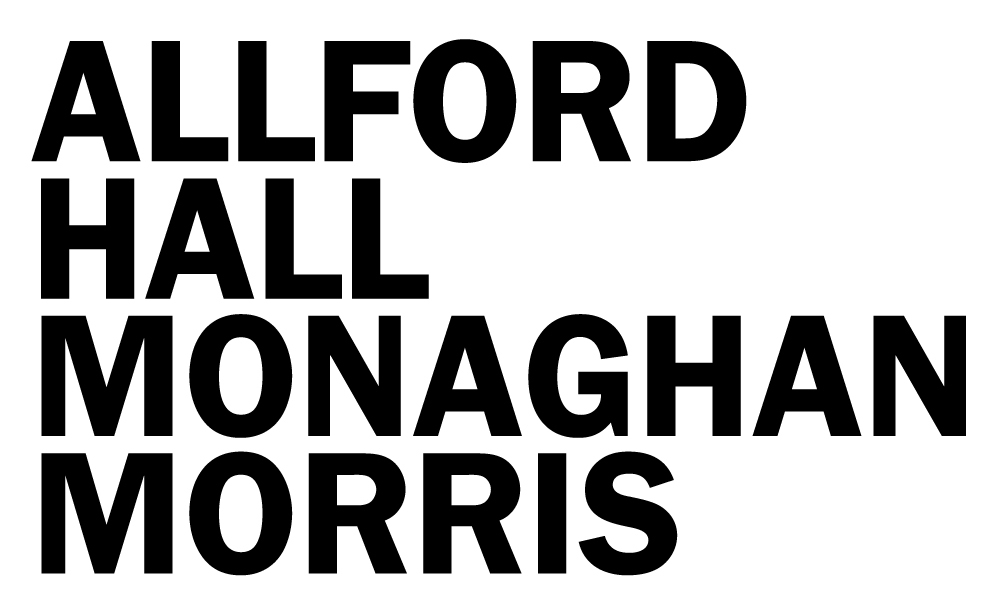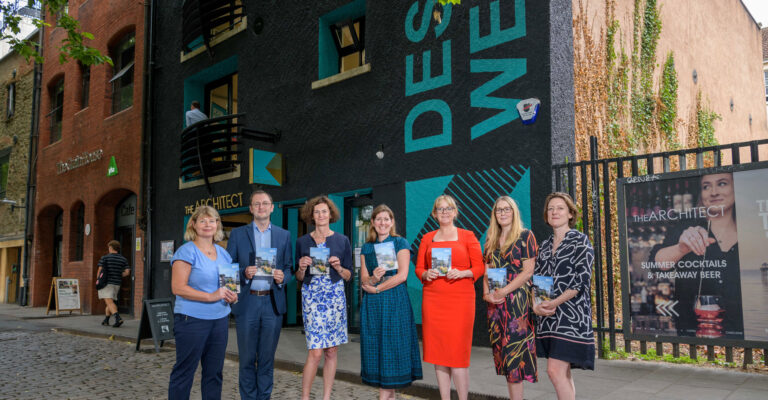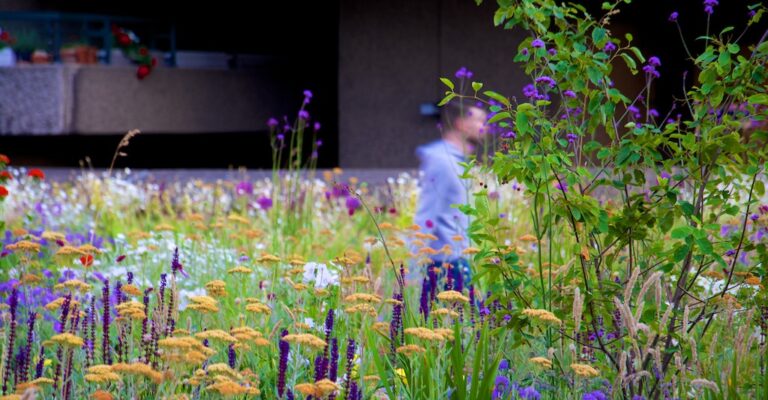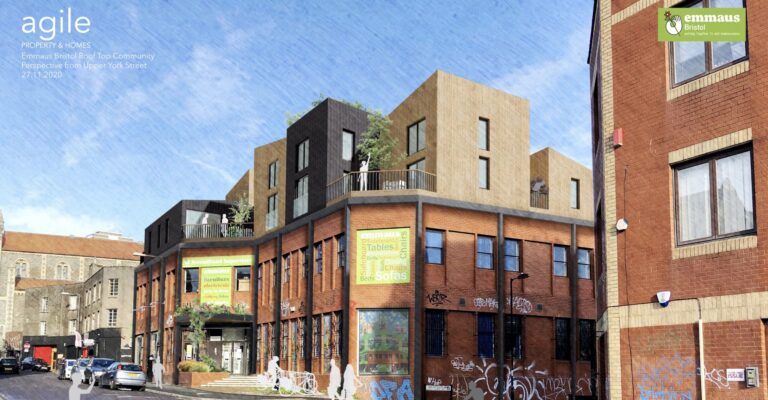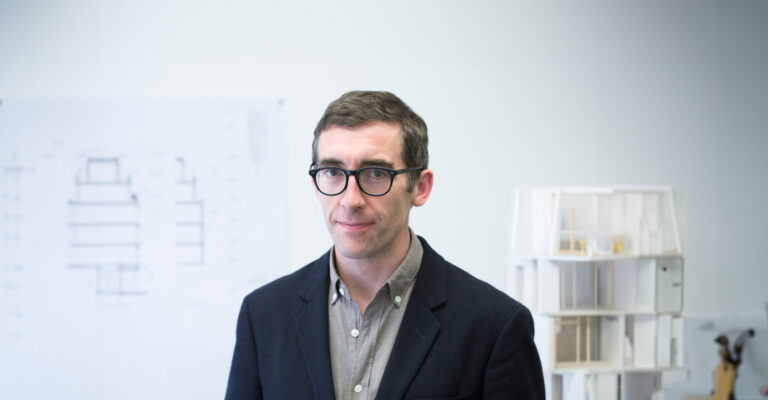
Design Thinking
Simon Allford: The Future of Architecture
Students from UWE Architecture Society interviewed RIBA President Elect Simon Allford about life in Lockdown, representation within the profession and sustainable design.
Written by Angharad Davies and Joe Hyett.
Can you talk us through a typical day for you in Lockdown?
For most of Lockdown, from end of May to December, I went to the office everyday. Since then, I have been working from home. I get up at 7am, wake up my three daughters, make them breakfast and set them up on Google Classroom. I go upstairs to my home office between 8.30am and 9am and sit in front of the screen for a very long time, attempting to hold up drawings and have discussions with my teams and clients until about 6pm. I might go to Regents Park for a walk in the day, and a night time walk around London to look at the projects we’re building. I’m trying my best to enjoy the weirdness of our time. There are huge benefits to this acceleration of technology and format for working, however, I am desperately keen to be talking to people in a room, drawing on the wall and bouncing ideas off each other.
How have you managed that work life balance?
I am lucky as I have the space to keep work separate from day to day life. Everyone knows what it’s like working from home and everyone is in the same boat. It doesn’t matter who you are, you may have to pop away for 10 minutes, it’s the reality. You make it work.
When you finished your Masters, what inspired you when you set up your practice?
I studied in Sheffield and then went to the Bartlett for my Diploma in 1986. Then the four of us (Paul Monaghan, Peter Morris and Jonathan Hall) wrote to practices saying, you either take all four of us, or none of us. We went to work for a large commercial office with a man called Bill Jack who was working with Jeremy Dixon. We did that for three years and at twenty-seven, we thought, let’s get out now before we get trapped in high earnings and established our practice. It was a nightmare for a good three years! Debt, loft and kitchen extensions in the day, and competition entries in the evening. Now Allford Hall Monaghan Morris are an Employee Ownership Trust with 500 people. In our view, you can’t make good architecture without a good client.
How would your Co-Founders describe you?
A very nice man. Competitive, Ambitious, Tolerant.
Would you recommend starting a Practice to students?
Architecture is difficult. Firstly, I have to like the client; whether it’s a small house extension or a large project, it will be demanding. You have got to be transparent with the client and they have to believe that you have their best interests at heart. You’re not dumping your architecture on them. You are taking them on a journey to make architecture that is most appropriate to their situation, that hopefully will be of interest to the wider world.
Do you have a particular project or client which is a standout for you?
I worked with a property company called Derwent London for 25 years doing a series of buildings through the years. We started off with a million pound careful reinvention of an old warehouse; to a series of projects to remake a corner site above Tottenham Court station into a new office; to a new public space; to a 600 seat theatre in the West End. As a journey, this is as good as it gets. It’s an incredibly connected relationship, but it’s one of honesty and transparency.
If you weren’t in Architecture, what would you be doing?
I would be a professional footballer. My daughter plays for Arsenal, and that is definitely something I wanted to do as a young man. I played Centre Forward, an old fashioned number 9 playing straight down the middle.
Working from home during Covid has highlighted the importance of the studio for our learning environment. How has Covid affected AHMM and what steps have you taken to ensure that you adapt positively to the situation?
Setting up 500 people working from home was a big operation, a dozen people in IT worked absolutely flat out.. Then we tried to set up all the things we did in the office; Design Reviews, Friday afternoon drinks, all these kinds of things. It’s worked, we have been able to sustain the practice. However, my criticism would be that we haven’t been able to creatively develop the process. The first 4-5 months were easy as we were involved in long term projects. Then it became more difficult when a new project came in… it’s not the same creative conversation compared to being in a room.
Creating a more represented profession will create a much more represented society.
RIBA President Elect Simon Allford
What advice do you have to students to make the most of this current situation?
The world is a very dynamic and difficult place at times. There is plenty of need for architecture, infrastructure and design. Even if you don’t end up being an architect, it is still great training. I used to play football a lot as a student and used that as my break from it all. If you’ve got a problem, get some fresh air and come back. If you find it’s difficult to get a job, then travel, get some life experience. Most Architects you study in history did not go to an architecture school. That doesn’t mean architecture schools aren’t important, but you can carry on your learning by doing other things.
Due to the impact of Covid, the psychological effect on people’s behaviour around private & public spaces have changed, how can we emphasise the importance of designing these spaces going forward?
The greatest problem in the world is excess communication and information. Email, telephone calls and text messages get in the way of what I am actually interested in doing. People keep saying the office is dead, but I think post-Covid will offer greater flexibility, better working patterns. I think space standards in residential housing will begin to evolve. We are at the beginning of another suite of changes; I hope it will force people to commission better buildings that are more generous, more flexible and more responsive.
With the rise of ACAN holding Universities account to take meaningful steps to address the gap in sustainable design, what action is RIBA taking to ensure architecture education is fit to address the climate crisis?
It’s a very dynamic field. I am now able to say to our client, you need to target net zero carbon buildings. I think the supply chain and industry is beginning to gear up to the challenge. The targets are changing from operational to embodied. Students are coming out into a world that is much more challenging. My personal view is that architectural education needs a shake up. I think we should embed the ideas of competency in technology, in contract and in education. It’s not going to give you everything you need as those requirements are moving and changing so fast, schools should give you the ability to think dynamically around the challenges that evolve into the future.
In your manifesto, it states one of your aims is to “embrace those who studied or engage with architecture, but work in other fields.” For those who studied related courses such as Interior Architecture and Architectural Technology, what is the RIBA doing to embrace talented students who want to pursue the path to become an Architect, but are explicitly ineligible to sit the part 1 exemption exam?
With RIBA you can come off the street and do Part 1, you don’t need to go to a school prior to do Part 1 or even Part 2. What we will do going forward is think about opening the membership to the public; friends of the RIBA. There are people like Matt Jones who is on the RIBA board, works at Google’s AI, and says he is still an Architect. I think RIBA needs to become broader and open up; we should be an institute that raises ideas and the standards of our members.
Over the last 18 months we’ve seen a growth in race activism with the rise of the Black Lives Matter movement. Would you be able to provide an insight into what efforts are being made by RIBA to increase ethnic diversity and representation within the profession?
RIBA has two responsibilities, the first is to ensure you have an EDI member of staff that works within hiring, to ensure practices are thinking more broadly about who they employ and how they employ them. The second is accessibility. We need to open up what the profession can be, then support the models that allow more flexible and accessible ways into the industry, so you are not trapped by cost. Creating a more represented profession will create a much more represented society.
Since 2011 the RIBA have ensured students get paid for their internship work, yet in practice there still exists a current working culture of long hours and unpaid overtime. Does the RIBA have any plans to combat this, particularly now as so many of us are working from home, in environments that compound these issues?
RIBA has a broad range of people with different economic backgrounds, scattered around the world. With the economic challenge right now, Architects are cutting their fees and don’t have enough staff to do the work. It becomes a vicious cycle. Our view is to treat people with respect and they will behave responsibly and it becomes mutually beneficial. In Europe for example, there is a real dilemma as some of the fantastic creativity is funded through unpaid internships. There is a cultural shift we need to make, encouraging practises of all sizes to build a more sound business base.
How important do you think work experience is for recent graduates? What would you advise to students who haven’t had a chance to take that year out due to Covid?
Work is vital to your career and to live. Work experience is great if you can do it on your year out, but if not, I would carry on through and get your education done, or work in a field that is related to Architecture, to see it from another side. When I was in my year out I went to France and worked as a waiter, giving me great life experience. Remember, before the second World War, most Architects weren’t educated in an Architecture school. You will learn a lot when you do start in the industry, being in practice is a valuable place to learn, hear conversations and see projects.
Simon Allford is a founding director of Allford Hall Monaghan Morris, a Stirling Prize-winning architecture practice established in 1989. Simon recently stepped down from his long-standing role as Chair of the Architecture Foundation and has previously served as Honorary Treasurer and Secretary of the Architectural Association (AA), as a trustee of the AA Foundation, and as Vice President of the RIBA Education Committee.
Simon has also been a visiting professor at The Bartlett School of Architecture and at the Harvard Graduate School of Design where he has run two studios. He engages in the broader architectural discussion as a frequent writer, critic, teacher, competition juror, lecturer, examiner, advisor and commentator.
